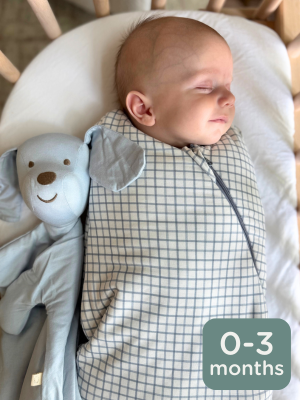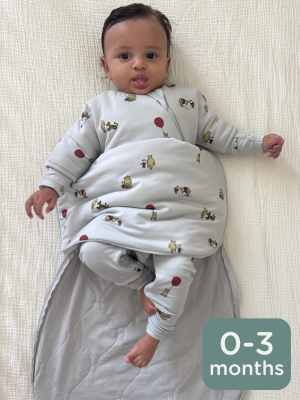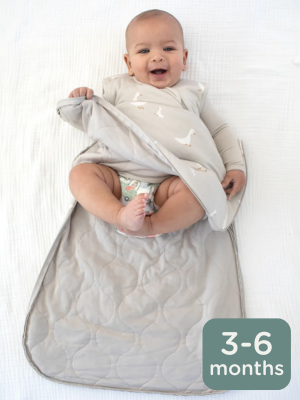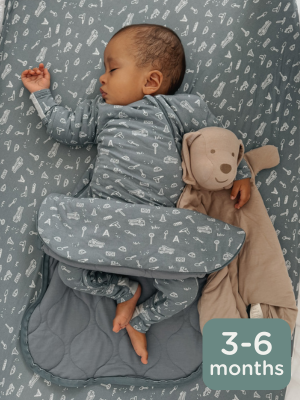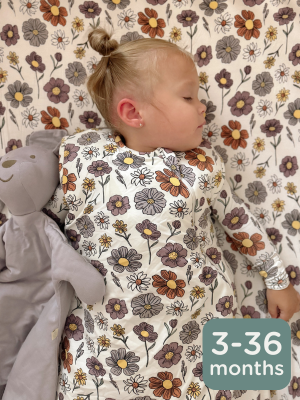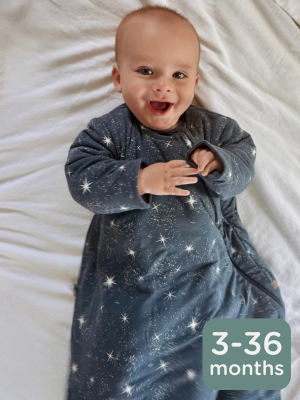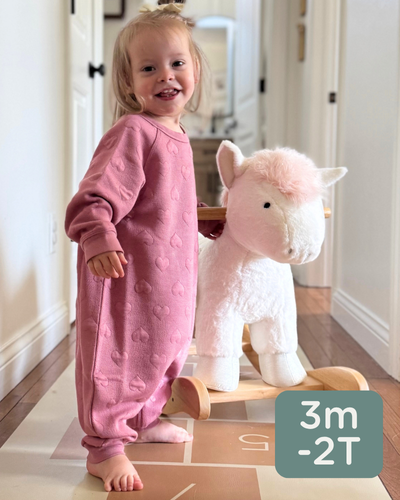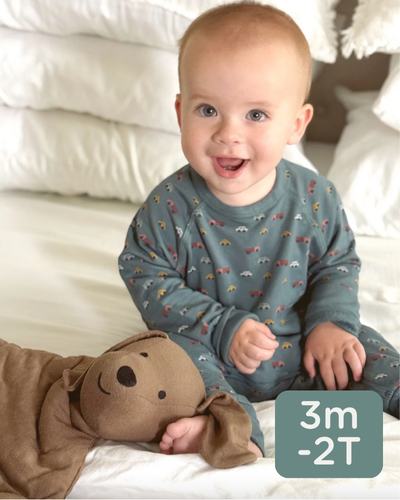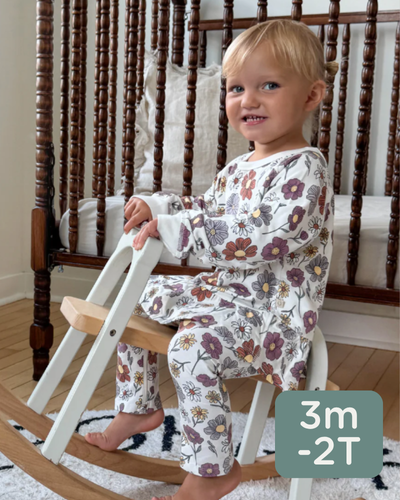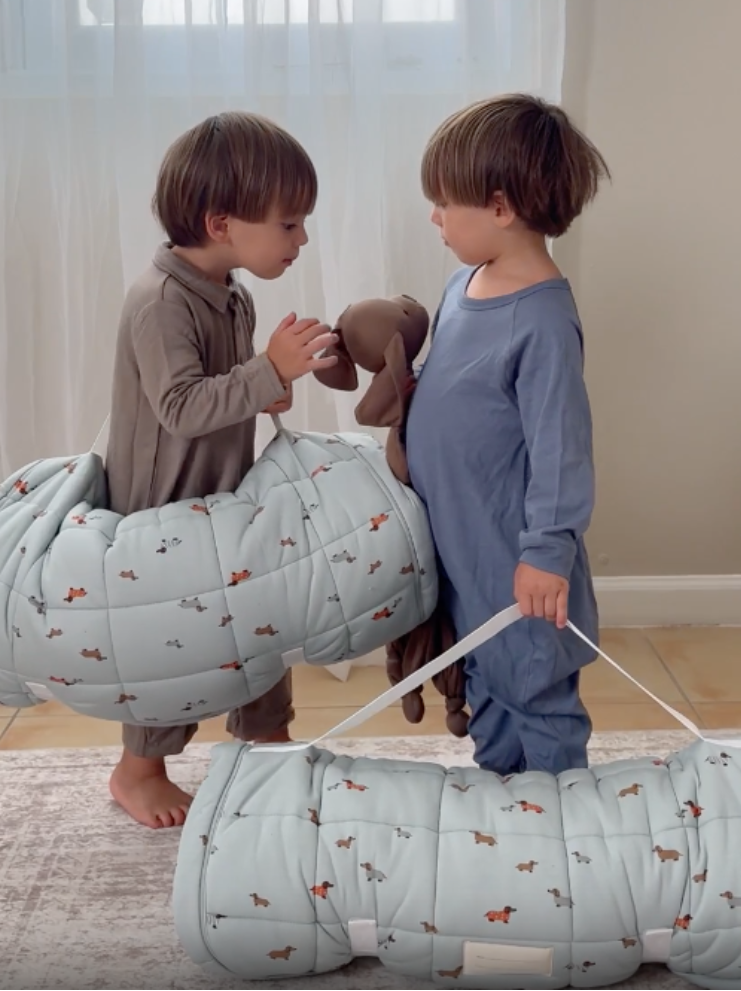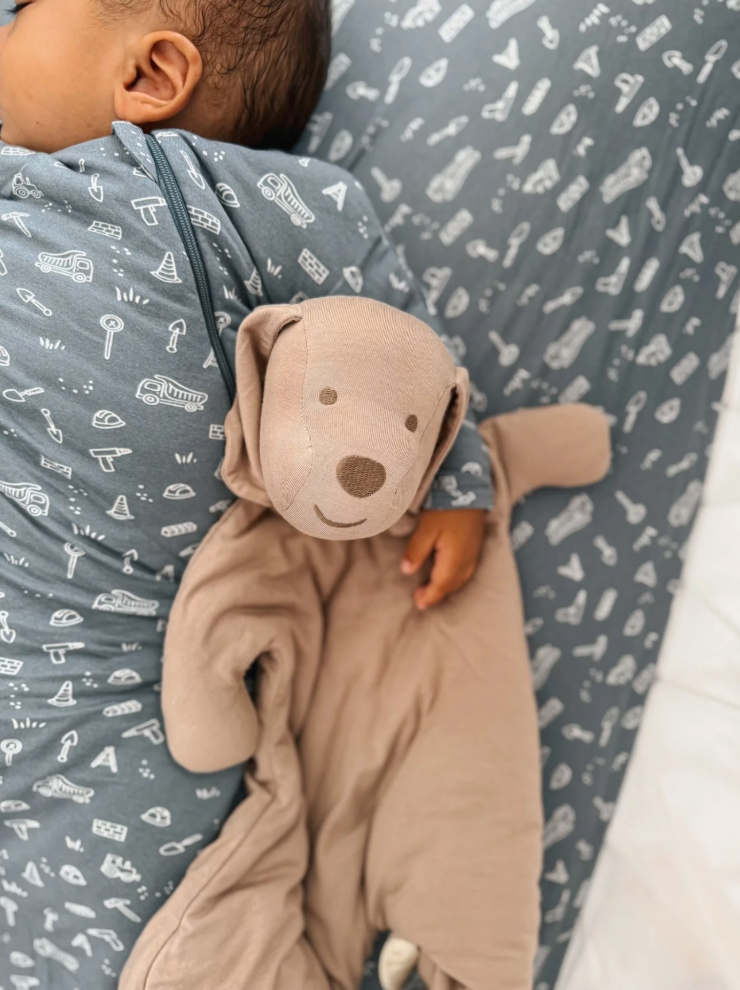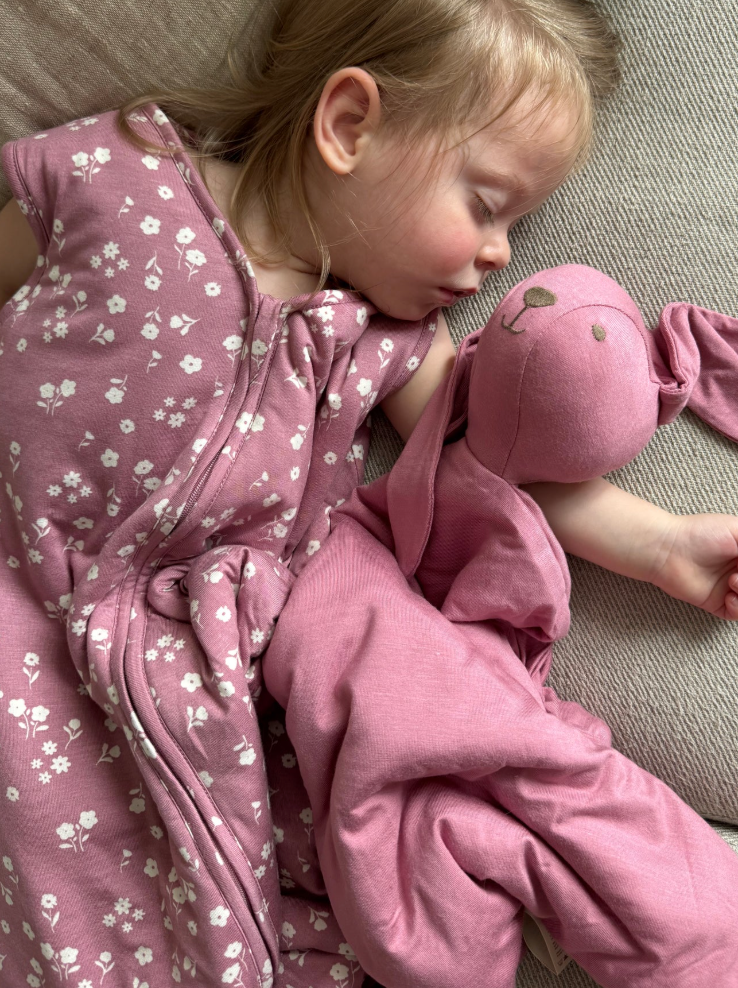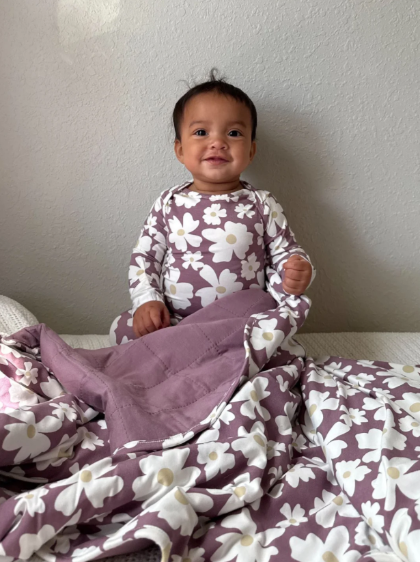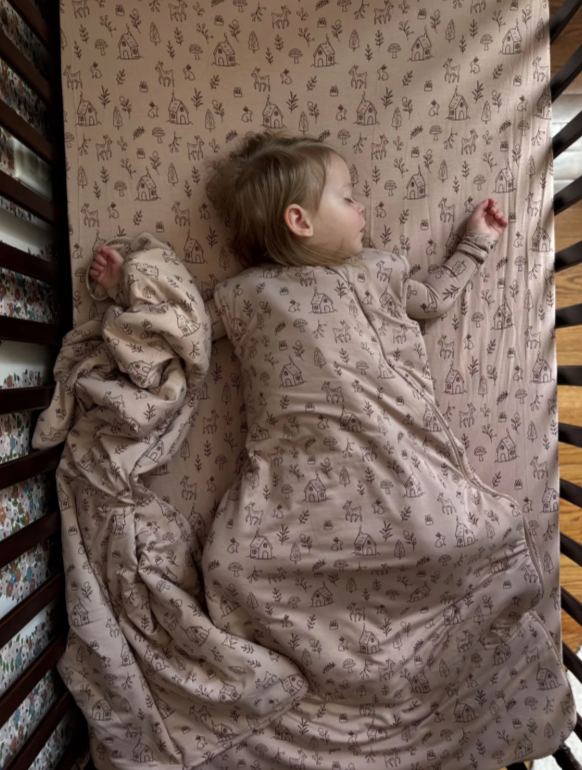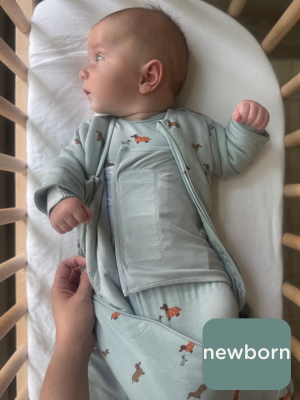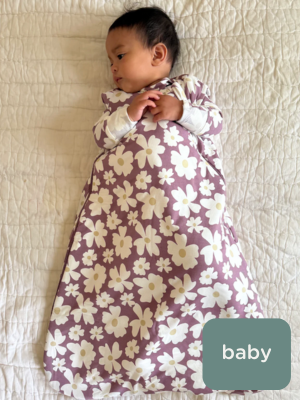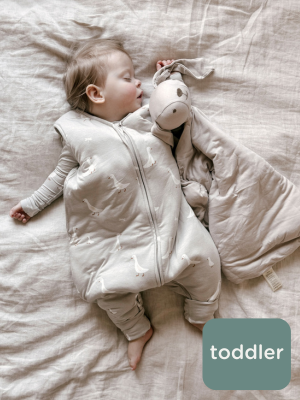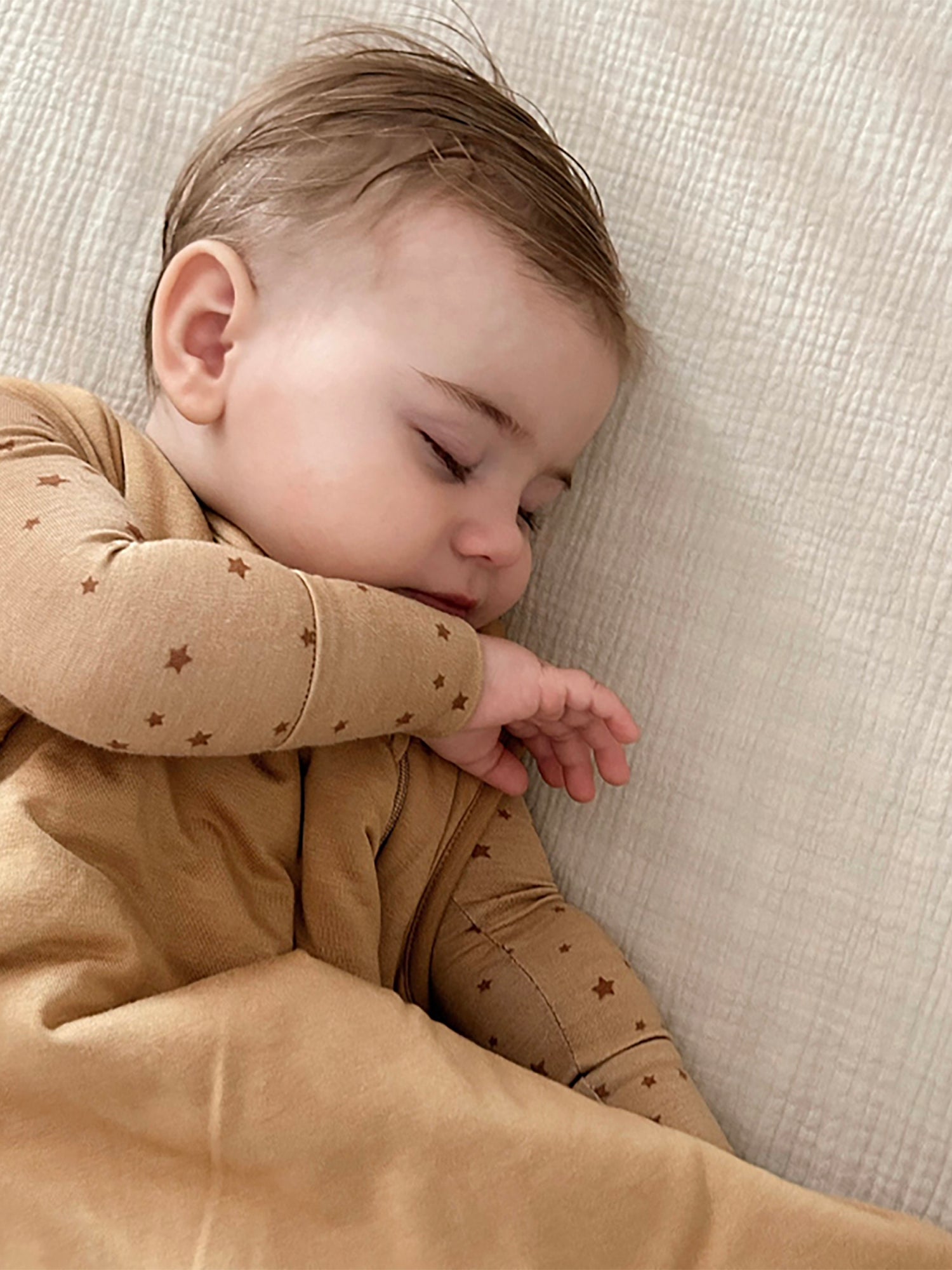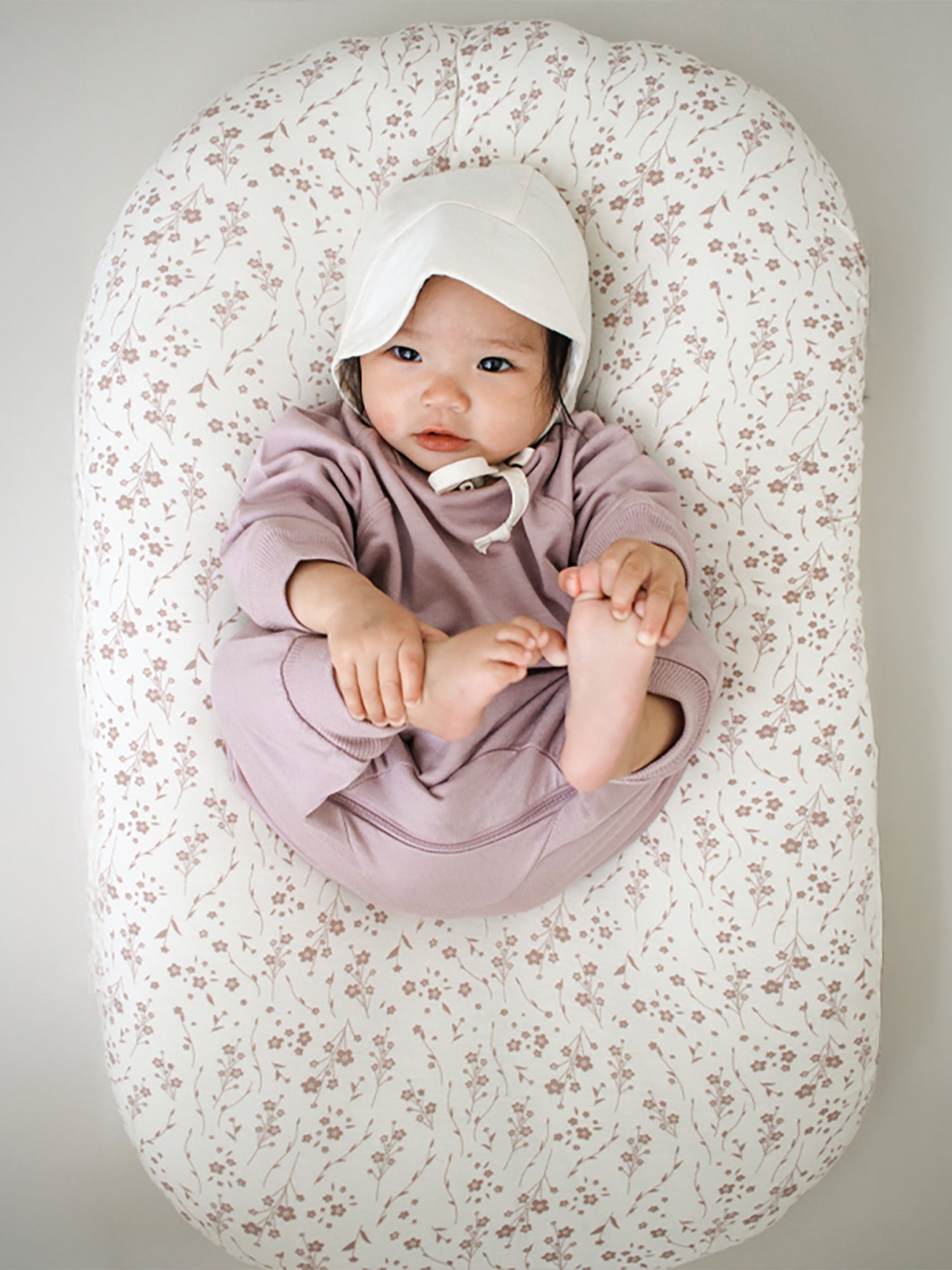If you’re knee-deep in sleepless nights and wondering how to finally get your baby to sleep through the night, you’re not alone. Baby sleep training is a topic that sparks endless debates among parents, but at its core, it’s about helping your little one develop healthy sleep habits—so everyone gets more rest.
This guide will walk you through the essentials, including when to start, different sleep training methods, and expert-backed tips to make the process smoother.
What Is Baby Sleep Training?
Sleep training is the process of teaching your baby how to fall asleep independently and stay asleep longer. The goal is to create a consistent routine that allows your baby to self-soothe, reducing middle-of-the-night wake-ups.
While some babies naturally settle into a sleep routine, others need a little extra guidance. Sleep training doesn’t mean letting your baby cry endlessly—it’s about finding an approach that works for your family.
Benefits of Sleep Training
A well-rested baby is a happier baby, but sleep training benefits parents just as much. When babies sleep better, parents get more rest, which means lower stress levels, better focus, and an overall more positive parenting experience. Studies also show that well-rested babies have better cognitive and emotional development, making sleep training a win for the entire family.
When to Start Sleep Training Your Baby
Experts typically recommend sleep training between 4 and 6 months. At this stage, babies are developmentally ready to self-soothe and may no longer need nighttime feedings as frequently.
Signs your baby may be ready for sleep training include:
-
Sleeping in longer stretches at night
-
Establishing more predictable nap times
-
Attempting to self-soothe by sucking their thumb or rubbing a blanket
-
Showing signs of being overtired or fussy due to inconsistent sleep
If your baby is younger than four months, focus on creating a consistent bedtime routine rather than formal sleep training. A predictable routine—including a warm bath, a feeding, and a cozy sleep sack—helps lay the groundwork for independent sleep later on.
Popular Baby Sleep Training Methods
There’s no one-size-fits-all approach to sleep training. Each method varies in intensity and effectiveness, and what works for one baby might not work for another.
The Ferber Method (Check-and-Console)
This structured approach involves letting your baby cry for short, gradually increasing intervals before comforting them. The goal is to teach them to self-soothe while knowing that you're still present. Many parents see results within a few nights, but it can be emotionally challenging to hear your baby cry.
The Chair Method
For parents who prefer a gentler approach, the chair method involves sitting next to your baby’s crib and gradually moving farther away each night. It allows for comfort and reassurance but requires patience, as it can take longer for babies to adjust.
The No Tears Method
This approach focuses on responding to your baby’s cues with minimal distress. It involves gentle soothing techniques, such as rocking or patting, while gradually encouraging independent sleep. While effective for some families, it often takes longer to see results.
Tips for Successful Baby Sleep Training
Once you choose a sleep training method, a few key strategies can make the process smoother:
-
Establish a Consistent Bedtime Routine – A calming pre-sleep routine helps signal to your baby that it’s time for bed. A warm bath, a quiet story, and a cozy gunamuna sleep sack can create a comforting environment that promotes sleep.
-
Create the Right Sleep Environment – Babies sleep best in a dark, cool, and quiet room. A white noise machine can help block out sudden sounds, while breathable sleepwear ensures they stay snug without overheating.
-
Be Patient and Flexible – Progress may be slow at first, and that’s okay. Some babies take to sleep training quickly, while others need more time. Sticking with your approach consistently will help them adjust.
Common Sleep Training Challenges and How to Overcome Them
Even with the best-laid plans, sleep training isn’t always smooth sailing. Here’s how to navigate common challenges:
Crying
Crying is a natural part of sleep training, but it can be tough to handle. If your baby is crying for extended periods, check for signs of hunger, discomfort, or illness. If they’re otherwise content, give them time to self-soothe before intervening.
Sleep Regressions
If your baby was sleeping well and suddenly starts waking frequently, they may be going through a sleep regression—a temporary disruption in sleep patterns. These phases usually last two to four weeks, so staying consistent with your training method is key.
Sibling Disruptions
If you have an older child, they may struggle with the noise of a crying baby during sleep training. Using a white noise machine in both rooms can help, and involving them in the process—like helping with bedtime stories—can make them feel included rather than frustrated.
FAQs About Baby Sleep Training
Is sleep training harmful to babies?
No. Research shows that sleep training is safe and does not cause long-term emotional harm. In fact, well-rested babies tend to be happier, more engaged, and better able to regulate their emotions.
Can sleep training work for older babies?
Yes, but it may take longer. Older babies and toddlers have more ingrained sleep habits, so a gradual approach is often best.
How long does it take to sleep train a baby?
Most parents see improvements within three to seven nights, but every baby is different. If progress stalls, reassess your approach and ensure consistency.
What if my baby wakes up frequently during sleep training?
If your baby is waking often, check for common culprits like hunger, teething, or an uncomfortable sleep setup. Using breathable, temperature-regulating sleepwear, like a gunamuna Sleep Bag, can help keep them comfortable all night long.
A Better Night’s Sleep Is Possible (we promise)
Sleep training can feel overwhelming at first, but with patience, consistency, and the right tools, restful nights are within reach. Remember, there’s no single “right” way—what matters is finding what works for your family.
If you’re looking for ways to make sleep training easier, the gunamuna sleepwear is a must-have. Designed for comfort and convenience, it helps babies sleep better while making nighttime diaper changes simple.

